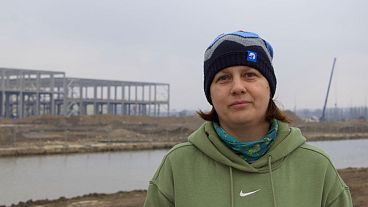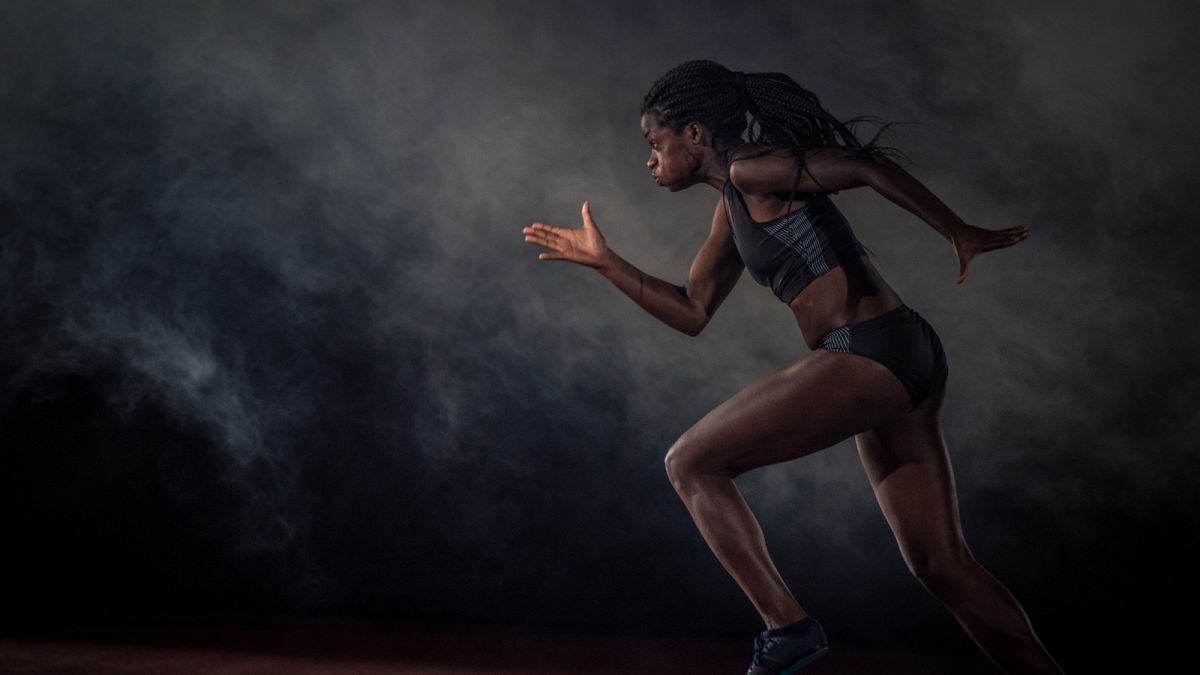An extra challenge for many elite sportsmen and women at the Paris 2024 Olympics? Handling a chronic lung disease.
The Olympic Games spotlight the world’s most breathtaking athletic achievements - quite literally. For those taking part in Paris 2024, a majority are likely to suffer in some way from the same chronic condition.
Between 15 and 20 per cent of Olympic athletes have asthma, according to a 2023 study published in the Scandinavian Journal of Medicine & Science in Sports.
The same study states that up to 80 per cent of endurance sport athletes are affected by exercise-induced bronchoconstriction (EIB), otherwise known as exercise-induced asthma.
Asthma is a chronic lung disease that causes inflammation and narrowing of the small airways.
Symptoms include shortness of breath, coughing, wheezing, and a tightness in the chest that can trigger a potentially life-threatening asthma attack when extreme.
In 2019, there were 455,000 deaths linked to the condition worldwide, according to the World Health Organization (WHO).
Inhalers are prescribed as a treatment in two forms: preventer inhalers (brown coloured), which are used daily, and reliever inhalers (blue coloured), for managing symptoms when necessary.
While most commonly diagnosed in early childhood, asthma can also develop in adulthood. Genetics, allergies, pollution, and lung infections are all listed as potential causes by the UK’s National Health Service (NHS). Still, there is a lack of scientific evidence to confirm for certain.
Why do so many Olympians struggle with asthma?
High endurance exercise triggers symptoms in nine out of 10 people with asthma, according to Asthma + Lung UK, a non-profit organisation. It can also have a similar effect on those without pre-diagnosed asthma.
"If you're an elite athlete, you're twice as likely to experience an asthma-related condition than you are if you were just a member of the general population," John Dickinson, a Professor in Sport and Exercise Sciences at the University of Kent, told Euronews Health.
Exercise-induced bronchoconstriction (EIB), or exercise-induced asthma, refers to a strain of asthma that’s triggered by strenuous physical activities, especially in cold and dry conditions.
"When you exercise, your ventilation rates increase, so you breathe more air. And a lot of this air comes through our mouths. So, by the time it gets into our lungs, it's quite dry and it hasn't been filtered and it hasn't been warmed," Dickinson explained.
"In athletes' airways that have exercise-induced asthma, their airways get dehydrated because they have to humidify the air they just breathed in. That causes a kind of an inflammatory response. And then you get this muscle constriction around the airway".
It’s more likely to impact endurance athletes that practice in cold air, like cross-country skiers, professional cyclists, and track runners.
Swimmers in particular had the highest occurrence of asthma when compared to other water sports, a study published in the Journal of Allergy and Clinical Immunology found.
This is thought to be because of chlorine byproducts on the surface of the pool, which can irritate the lungs.
"One of the problems that swimmers have is the substance that's created when chlorine cleans the pool, and it sort of sits, this Trichloramine gas, just above the water surface," Dickinson said.
"If we were recreational swimmers breathing it in for an hour 3 or 4 times a week, it's not a problem, but these [elite] swimmers that breathe it in five hours a day, six days a week, that's what makes their airways more sensitive, and more likely to have an asthmatic issue".
How is exercise-induced asthma treated at the Olympics?
Olympic participants with an asthma diagnosis are allowed to use inhalers during the Games, but need to be careful about the type of inhaler they use and dosage.
Those containing glucocorticoids are fine, but inhaled beta-2 agonists that relax airway muscles are mostly prohibited outside of specific doses by the World Anti-Doping Agency (WADA).
"Most of the prohibited stuff is the medication that relaxes the muscle around the airway called beta-2 agonists, and you're not really going to give those to an asthmatic unless they're really severely asthmatic," Dickinson said.
"Inhaled doses of beta-2 agonists are permitted, but only up to certain amounts. So, for example, the blue inhalers you see people use, athletes are only allowed to take six inhalations of that inhaler in an eight-hour period".
Instead, a solid prevention strategy is key.
"One of the preventer inhalers is called an inhaled corticosteroid. Even though it's got a steroid in the name, it's an inhaled corticosteroid, so it doesn't act generally around the body, it only acts in the lung, so athletes actually aren't restricted in how much they can take," Dickinson added.
Many athletes have achieved incredible things despite having asthma.
British long-distance runner Paula Radcliffe, who was diagnosed with exercise-induced bronchospasm (EIB) as a teenager, held the Women's World Marathon Record for 16 years, while American track racer and asthma sufferer Jackie Joyner-Kersee won six Olympic medals (three of which were gold) throughout her career.















